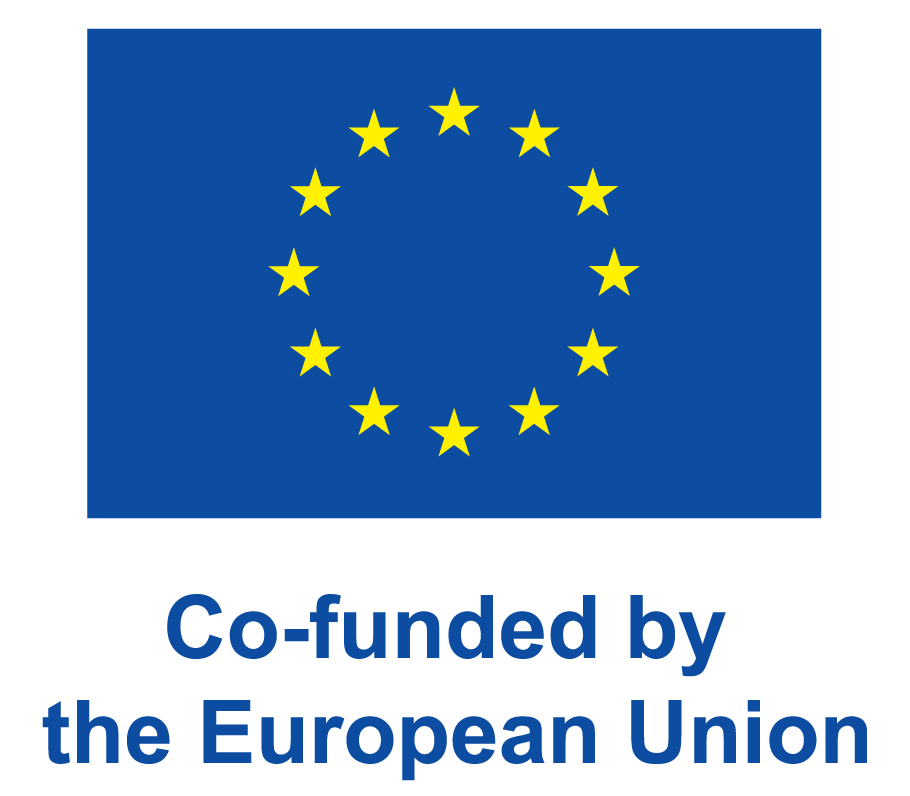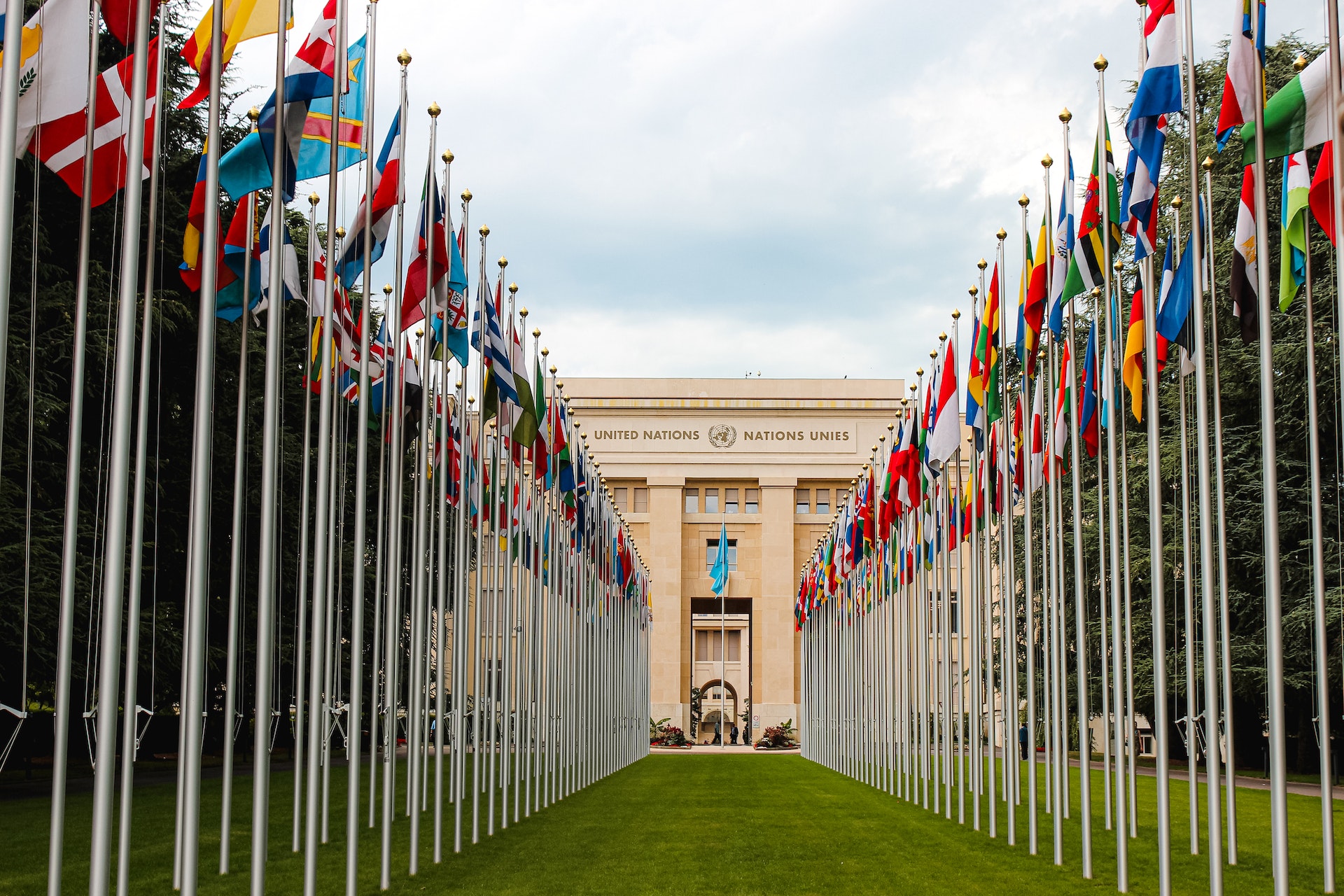UNESCO, as the United Nations Organization in charge of culture, ensures the safeguarding and transmission of intangible cultural heritage, i.e. traditional knowledge, arts and skills.
In 2003, it created a dedicated instrument: the Convention for the Safeguarding of the Intangible Cultural Heritage, ratified by 180 States, which has already allowed for the inscription of more than 600 elements throughout the world.
New inscriptions
The 17th session of the intergovernmental Committee for Safeguarding of this heritage, chaired by the Kingdom of Morocco, led to the inscription by States sitting on the Committee of 47 elements including: four on the List of Intangible Cultural Heritage in Need of Urgent Safeguarding, 39 on the Representative List of the Intangible Cultural Heritage of Humanity and four on the Register of Good Safeguarding Practices.
Congratulation to the States that have put forward these proposals, the members of the Committee for the quality of their debates, Morocco for hosting them and the 180 States that bring this UNESCO Convention to life. This living heritage plays an essential role in bringing people together and making peace grow in the minds of men.
UNESCO Director-General
Audrey Azoulay
UNESCO Director-General
One third of the elements inscribed this year relate to nature and the important challenge of safeguarding biodiversity. The international community is thus demonstrating its determination to make environmental protection a priority in all circumstances.
One third of the new inscriptions concern practices related to environmental protection. They often concern ancestral agricultural techniques that are mindful of the sustainable use of resources, as well as rituals and festive events that celebrate nature. These elements are a reminder that ancestral knowledge can be crucial in meeting the new challenges of our age, such as climate change.



